
The ball used in Gaelic Football is round, slightly smaller than a soccrt ball. It can be carried in the hand for a distance of four steps and can be kicked or "hand-passed", a striking motion with the hand or fist. After every four steps the ball must be either bounced or "solo-ed", an action of dropping the ball onto the foot and kicking it back into the hand. You may not bounce the ball twice in a row. To score, you put the ball over the crossbar by foot or hand / fist for one point or under the crossbar and into the net by foot or the hand / fist in certain circumstances for a goal, the latter being the equivalent of
three points. Each team consists of 15 players, lining out as per the diagram.
Officials for a game comprise of a referee, two linesmen (to indicate when the ball leaves the field of play at the side and to mark '45’ free kicks and four umpires (to signal scores, assist the referee in controlling the games, and to assist linesmen in positioning '45' frees). A goal is signalled by raising a green flag, placed to the left of the goal. A point is signalled by raising a white flag, placed to the right of goal. A '45' is signalled by the umpire raising his/her outside arm. A 'square ball', when a player scores having arrived in the 'square' prior to receiving the ball, is signalled by pointing at the small parallelogram.
Irish Sports: Hurling and Camogie
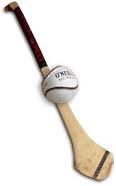
The stick, or "Hurley" (called camán in Irish) is curved outwards at the end, to provide the striking surface. The ball or "sliotar" is similar in size to a hockey ball but has raised ridges.
Hurling is played on a pitch that can be up to 145m long and 90m long. The goalposts are similar to those used on a rugby pitch, with the crossbar lower than in rugby and slightly higher than a soccer one.
You may strike the ball on the ground, or in the air. Unlike hockey, you may pick up the ball with your Hurley and carry it for not more than four steps in the hand. After those steps you may bounce the ball on the Hurley and back to the hand, but you are forbidden to catch the ball more than twice. To get around this, one of the skills is running with the ball balanced on the Hurley To score, you put the ball over the crossbar with the Hurley or under the crossbar and into the net by the Hurley for a goal, the latter being the equivalent of three points.
Each team is made up of 15 players with match officials and scoring values the same as in Gaelic Football.

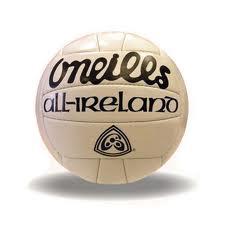
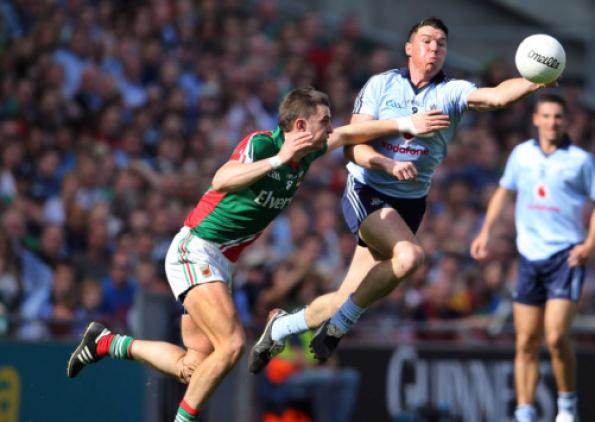
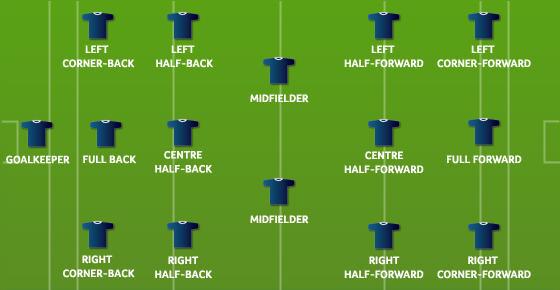
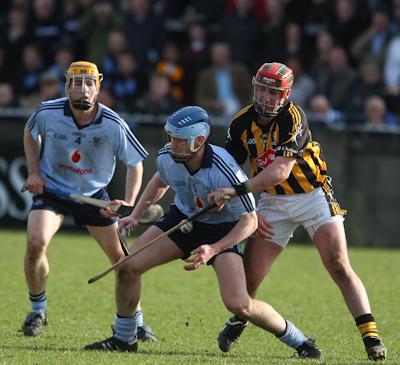
 RSS Feed
RSS Feed